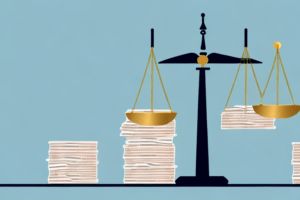-
How to Pay Back Your Legal Funding When Your Case Settles
-
How Long Will You Have to Wait to Receive Your Money After Winning a Personal Injury Lawsuit?
-
Why We Claim to be the Best Legal Funding Company Out There
-
Can I Get More Than One Pre-Settlement Funding?
-
What is a Personal Injury Settlement Loan?
-
What is Litigation Funding?
-
How Long Does a Personal Injury Case Take?
-
What is a Lawsuit Loan?
-
What is Legal Funding?









